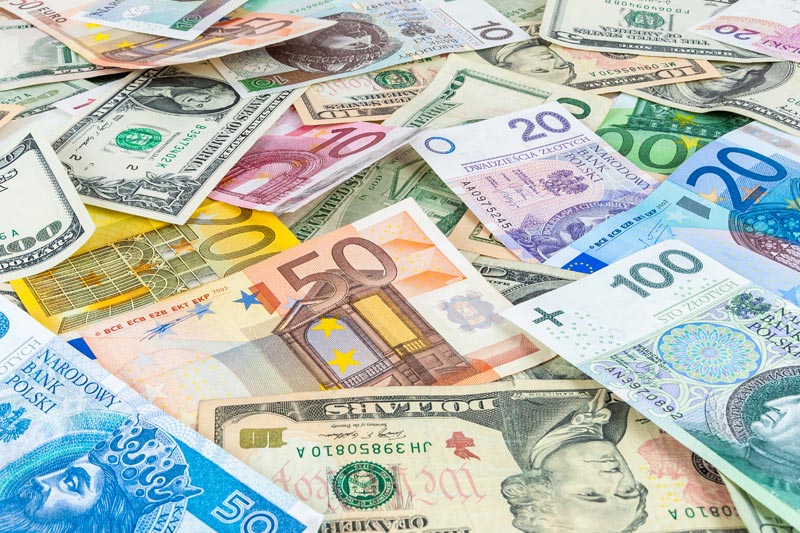Investing.com – The Australian dollar rallied against its U.S. counterpart in Wednesday’s Asian session on the back of a solid fourth-quarter GDP report from down under.
In Asian trading Wednesday, AUD/USD climbed 0.28% to 1.0287. The pair was likely to find support at 1.0188, the session low and resistance at 1.0290, the high of February 28. AUD/USD fell to a seven-month low in U.S. trading Tuesday.
Earlier today, Australia’s Bureau of Statistics said the country’s fourth-quarter GDP rose by 0.6%, matching analysts’ expectations. The third-quarter GDP reading was also revised higher to show growth of 0.7%.
Exports, helped by a rebound in China’s economy, and infrastructure spending buoyed Australian growth in the fourth quarter. Exports rose 3.3% in the fourth quarter while household spending increased 0.2%. Australia, the world’s 12-th largest economy, has been free of recession for over two decades.
That is perhaps one reason why the Reserve Bank of Australia opted to keep interest rates at 3% at its meeting Tuesday. While Governor Glenn Stevens noted RBA has the tools at its disposal to support the economy if necessary, the GDP report may indicate Australia’s economy needs no support at the moment.
RBA has pared rates by 175 basis points since late 2011, but traders now see only a small chance of a rate RBA’s next meeting in April. Unemployment in Australia is just 5.4%, an impressive number compared to some other developed markets such as the U.S. and the country’s most recent consumer confidence was the best since the third quarter of 2011.
Elsewhere, EUR/AUD fell 0.26% to 1.2692 while GBP/AUD dropped 0.24% to 1.4713. AUD/JPY advanced 0.18% to 95.86. AUD/NZD rose 0.14% to 1.2361.
In Asian trading Wednesday, AUD/USD climbed 0.28% to 1.0287. The pair was likely to find support at 1.0188, the session low and resistance at 1.0290, the high of February 28. AUD/USD fell to a seven-month low in U.S. trading Tuesday.
Earlier today, Australia’s Bureau of Statistics said the country’s fourth-quarter GDP rose by 0.6%, matching analysts’ expectations. The third-quarter GDP reading was also revised higher to show growth of 0.7%.
Exports, helped by a rebound in China’s economy, and infrastructure spending buoyed Australian growth in the fourth quarter. Exports rose 3.3% in the fourth quarter while household spending increased 0.2%. Australia, the world’s 12-th largest economy, has been free of recession for over two decades.
That is perhaps one reason why the Reserve Bank of Australia opted to keep interest rates at 3% at its meeting Tuesday. While Governor Glenn Stevens noted RBA has the tools at its disposal to support the economy if necessary, the GDP report may indicate Australia’s economy needs no support at the moment.
RBA has pared rates by 175 basis points since late 2011, but traders now see only a small chance of a rate RBA’s next meeting in April. Unemployment in Australia is just 5.4%, an impressive number compared to some other developed markets such as the U.S. and the country’s most recent consumer confidence was the best since the third quarter of 2011.
Elsewhere, EUR/AUD fell 0.26% to 1.2692 while GBP/AUD dropped 0.24% to 1.4713. AUD/JPY advanced 0.18% to 95.86. AUD/NZD rose 0.14% to 1.2361.
